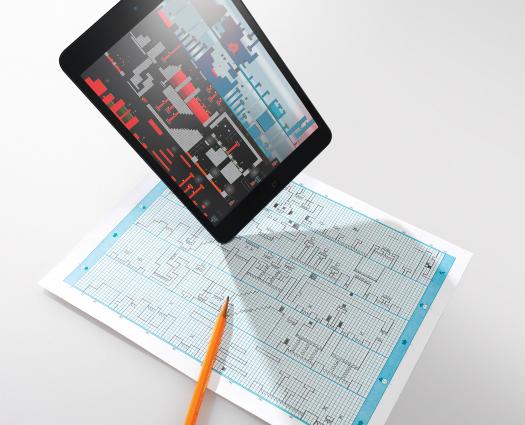Category: software
Includification: Designing accessible games
Nice resource on actionable game accessibility: Includification
Challenges and Risks of Pervasive Computing
Interesting introductory article in a IEEE Computing Now special issue on Privacy Challenges for Pervasive Computing: ARTICLE
This is something we should account for when designing such systems.
Conferences on Pervasive Displays and Advanced Visual Interfaces
Just came back from presenting two papers in two very interesting conferences:
The 3rd International Symposium on Pervasive Display 2014 in Copenhagen and the International Working Conference on Advanced Visual Displays 2014 in Como.
In both conferences Post-WIMP interfaces were rocking.
My papers were:
1-“What’s in it for me: Exploring the Real-World Value Proposition of Pervasive Displays”
Simo Hosio, Jorge Goncalves, Hannu Kukka, Alan Chamberlain and Alessio Malizia
2-“Visual Engagement: Designing Projected Touch-surfaces for Community Use in a Rural Context”
Alan Chamberlain (University of Nottingham, United Kingdom); Alessio Malizia (Brunel University, United Kingdom); Alan Dix (University of Birmingham, United Kingdom)
Stay tuned for more info and feel free to contact me if interested in a copy of the papers or infos on such events.
Why Computer Science is awesome even for non-CS students
Future games might not only change our life but our education too
Imagine games where participants can develop projects in real life to address real problems, such as securing a community’s food supply or establishing a sustainable power source, then progress through levels of the game; would not it be a great way of learning?
Jane McGonigal, author of Reality is Broken: Why Games Make Us Better and How They Can Change the World (Penguin Press, 2011) and the former director of Games Research and Development at the Institute for the Future in Palo Alto, Calif. presented at EDUCAUSE 2013 a series of examples of games which can change the future of education [ARTICLE]
Via EDTECH
Designing UX for waiting times
Sabina Idler is community manager, technical writer & UXer @ Usabilla and published this article on designing for waiting times following 5 patterns. Patterns are inspired by David Maister who, in his article about The Psychology of Waiting Lines, explained why perceived waiting time usually has little when nothing to do with the actual time [ARTICLE]
Via Usabilla
During your next visit to a Museum you might find Cinematic Landscapes from Video Games
I was impressed by this curated website where full high resolution still images taken from video games are displayed. They picture immersive worlds created by developers but really look like art pieces [WEBSITE]
Via twistedsifter
Have you ever tried to design while blindfolded or use your apps with the sound off? You might gain crucial insights
Vinton G. Cerf, Vice President and Chief Internet Evangelist at Google Inc. and the president of ACM, calls especially UI (User Interface) and UX (User Experience) designers to strive fro accessibility. In fact, we are an aging society that needs assistive response not to mention new groups of people needing accessible apps, i.e. wounded soldiers coming back home. Given the range and potential of new technologies, e.g. Google glass, designers need to carefully address this challenge [ARTICLE]
Via acm.org
Prototyping Device Ecologies: Physical to Digital and Viceversa
Our Studio proposal has been accepted at TEI 2014 – 8th International Conference on Tangible, Embedded and Embodied Interaction.
This Studio will involve participants creating interactions with physical and digital elements. They will have the opportunity to use a toolkit we developed that combines physical and digital widgets into a unique environment to allow the rapid setup of device ecologies. Therefore, participants will be able to explore how the toolkit support to physical/digital interaction gives people with low, when no, technical skills the possibility to rapidly prototype interactions among heterogeneous devices, thus blurring the boundaries between the physical and the digital world.
See here a couple of example of what participants will be able to do:
Pixel Press app can convert simple marks on paper into a playable videogame
Always wanted to design and play your own game? It could have been very time-consuming and require many technical skills so far, but now thanks to Pixel Press it seems that you will be able to draw the design for a level on graph paper and then play it [ARTICLE]
Via popsci.com




